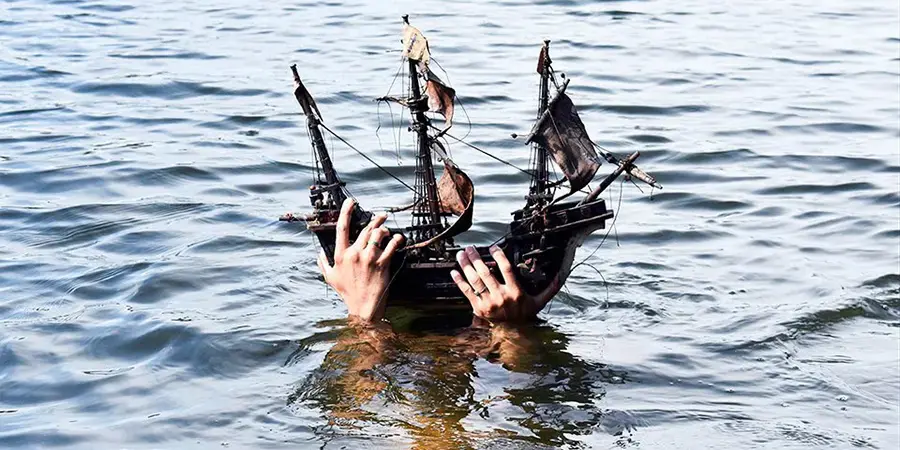GO BACK TO WHERE YOU CAME FROM! A Performance/Lecture by Artist Emilio Rojas

Contact:
OPEN TO THE PUBLIC | This embodied lecture considers the artist's practice in relation to decolonization, de-linking, archives, queerness, and contaminations into public space. It is not an attempt to re-write history but rather to view it from a different orientation, in a non-linear way which opens spaces of liminality and possibility, remembrance and healing. It urges us to ask ourselves: How are we complicit with the past we inherited? How are we accomplices of the history of what we consume in the present? Centered on his videos "Go Back to Where You Came From (Santa María)," 2019, and "Go Back to Where You Came From (Mayflower)," 2020, Rojas's talk functions as a preview for his upcoming Usdan Gallery solo exhibition, "tracing a wound through my body,” on view February 21–April 22, 2023.
Content warning
This performance contains sensitive language and nudity.
About the artist
Emilio Rojas is a multidisciplinary artist working primarily with the body in performance, using video, photography, installation, public interventions, and sculpture. He holds an M.F.A. in Performance from The School of the Art Institute of Chicago and a B.F.A. in Film from Emily Carr University in Vancouver, Canada. As a queer, Latinx immigrant with Indigenous heritage, it is essential to his practice to engage in the postcolonial ethical imperative to uncover, investigate, and make visible and audible undervalued or disparaged sites of knowledge, narratives, and individuals. He utilizes his body in a political and critical way, as an instrument to unearth removed traumas, embodied forms of decolonization, migration, and poetics of space. His research-based practice is heavily influenced by queer and feminist archives, border politics, botanical colonialism, and defaced monuments. Besides his artistic practice, he is also a translator, community activist, yoga teacher, and anti-oppression facilitator with queer, migrant, and refugee youth.